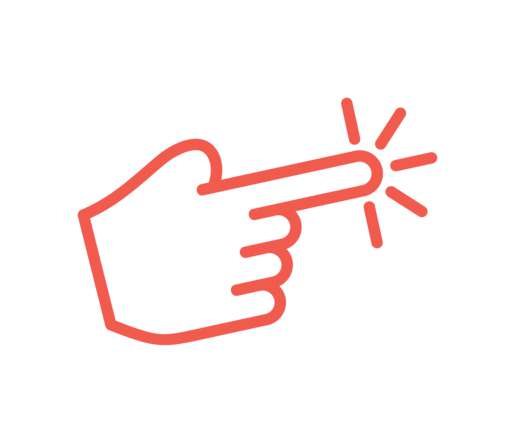Types of Communicators
Chart Your Course
MARCH 15, 2021
Reflective Communicators (Formerly Known as Low Ds) Are cooperative, low-key, modest and mild when dealing with problems and challenges. Outgoing Communicators […]. The post Types of Communicators appeared first on Chart Your Course International.














Let's personalize your content